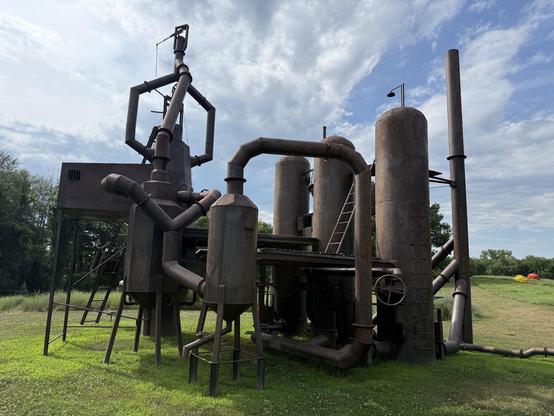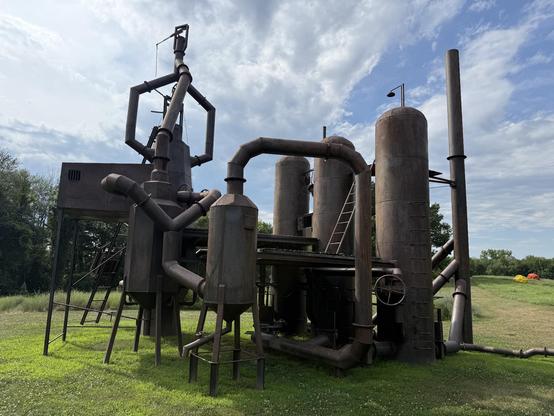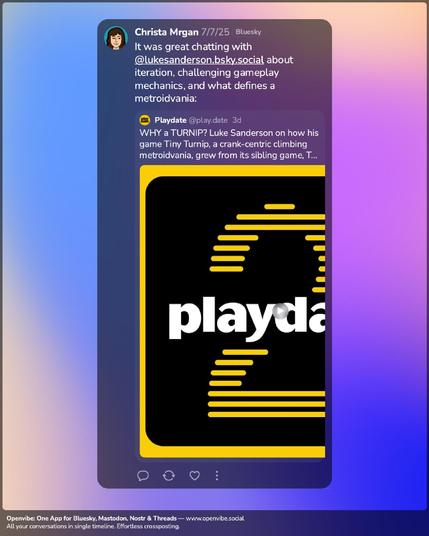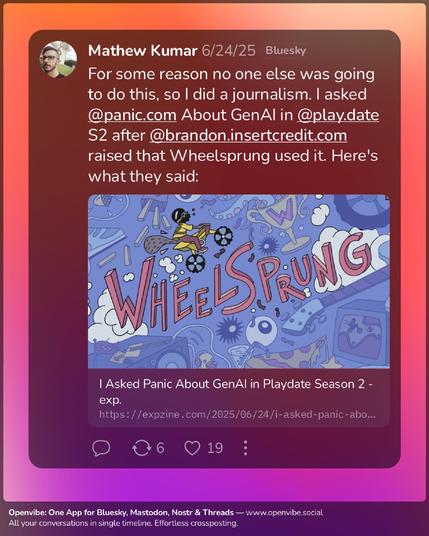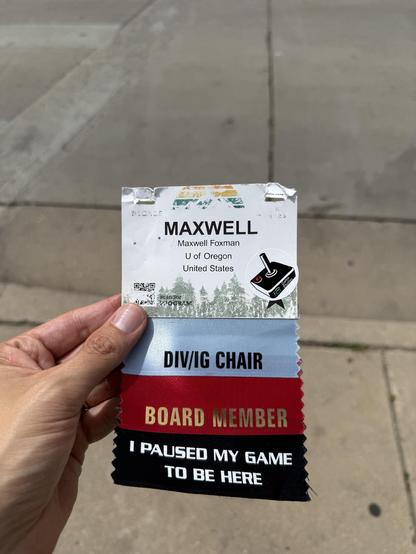Maxwell Foxman
- 122 Followers
- 168 Following
- 86 Posts
Always enjoy more Playdate news
Original post: https://bsky.app/profile/did:plc:62nezg724v2o5sah7xhndxch/post/3ltfcc32wjc23
Interesting Playdate news.
Original post: https://bsky.app/profile/did:plc:2yrtl2zf5k3kr7vqxkvejuxm/post/3lser6rjwtc2g
Our special issue introduction on digital news production is out and contains vital information about journalists' knowledge and power. Thanks to my co-authors Gregory Perreault, Phoebe Maares and Valerie Hase for amazing work!
Link is here: https://doi.org/10.1080/21670811.2025.2462539
I am very proud to be part of this new article headed by Chaeyun Lim, which looks at the connections between impression management and the use of virtual meeting/videoconferencing software.
Read more here: https://dx.plos.org/10.1371/journal.pone.0312354
Examining attitudes about the virtual workplace: Associations between zoom fatigue, impression management, and virtual meeting adoption intent
Impression management is a crucial tactic within the workplace milieu. This study establishes a connection between impression management and the negative self-evaluation stemming from heightened self-monitoring during virtual meetings (VM), which manifests in the form of Zoom (VM) fatigue. We conducted a cross-sectional survey, by recruiting 2,448 U.S.-based workers. Our survey results revealed that facial appearance dissatisfaction is associated with VM fatigue, resulting in lower intention to adopt VM technologies due to decreased perceived usefulness of VM technologies. Furthermore, building upon the Uses and Gratification (UG) perspective and the assumptions of the Social Information Processing (SIP) theory and the Hyperpersonal Model, our findings illuminate that VM fatigue prompts the use of impression management behaviors by using VM features closely linked to dissatisfaction with one’s facial appearance. The results suggest that utilization of impression management features in VMs is driven by needs related to facial appearance concerns, which is associated with impression management. This study extends the concept of impression management to VM environments in the workplace, underscoring the importance of addressing workers’ needs and well-being to foster worker-friendly VM communication environments and promote VM acceptance. This study identifies external factors within the Technology Acceptance Model by integrating the UG perspective, the SIP theory, and the Hyperpersonal Model to understand the mechanisms underlying VM fatigue and adoption in the emerging virtual workplace.


